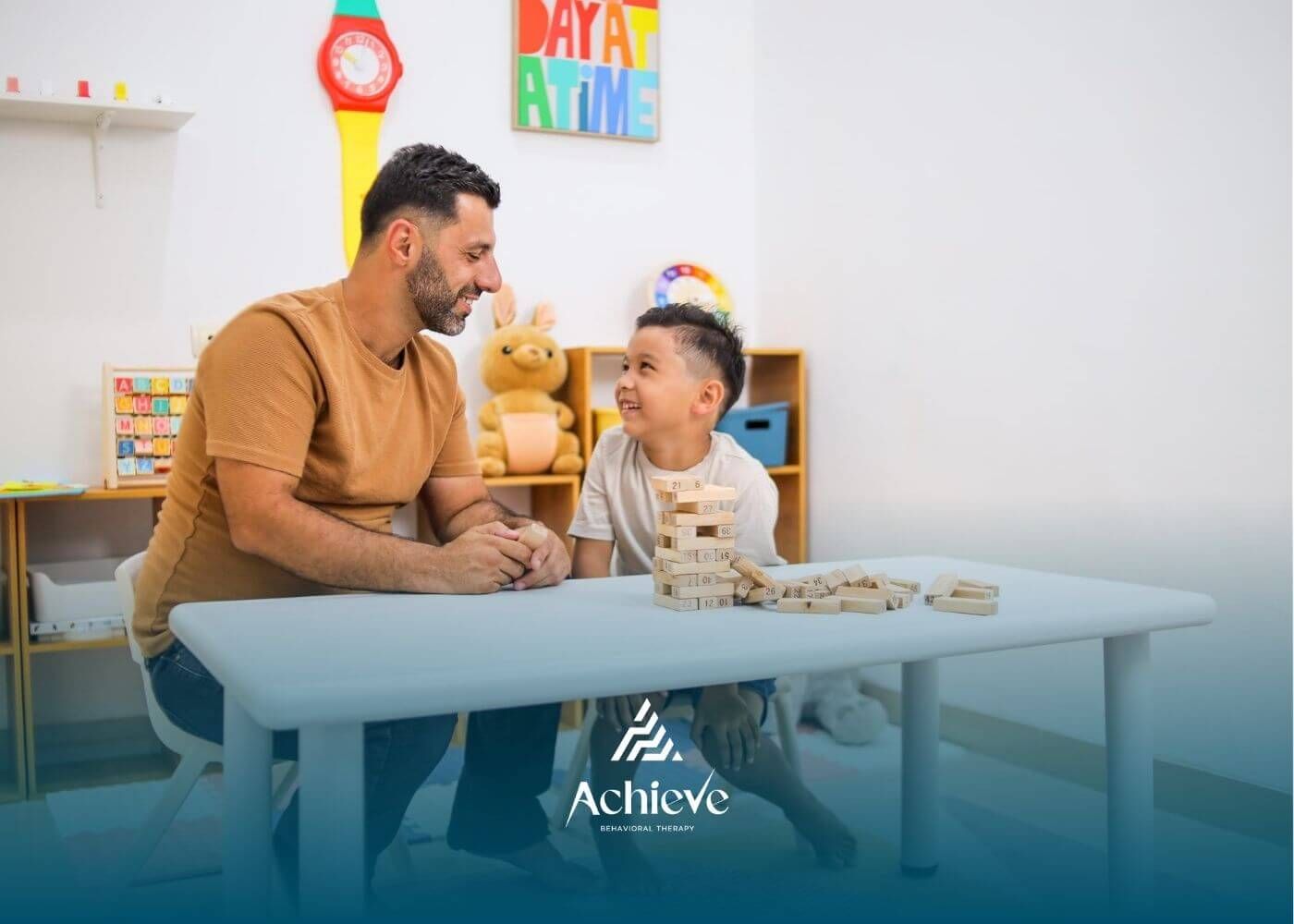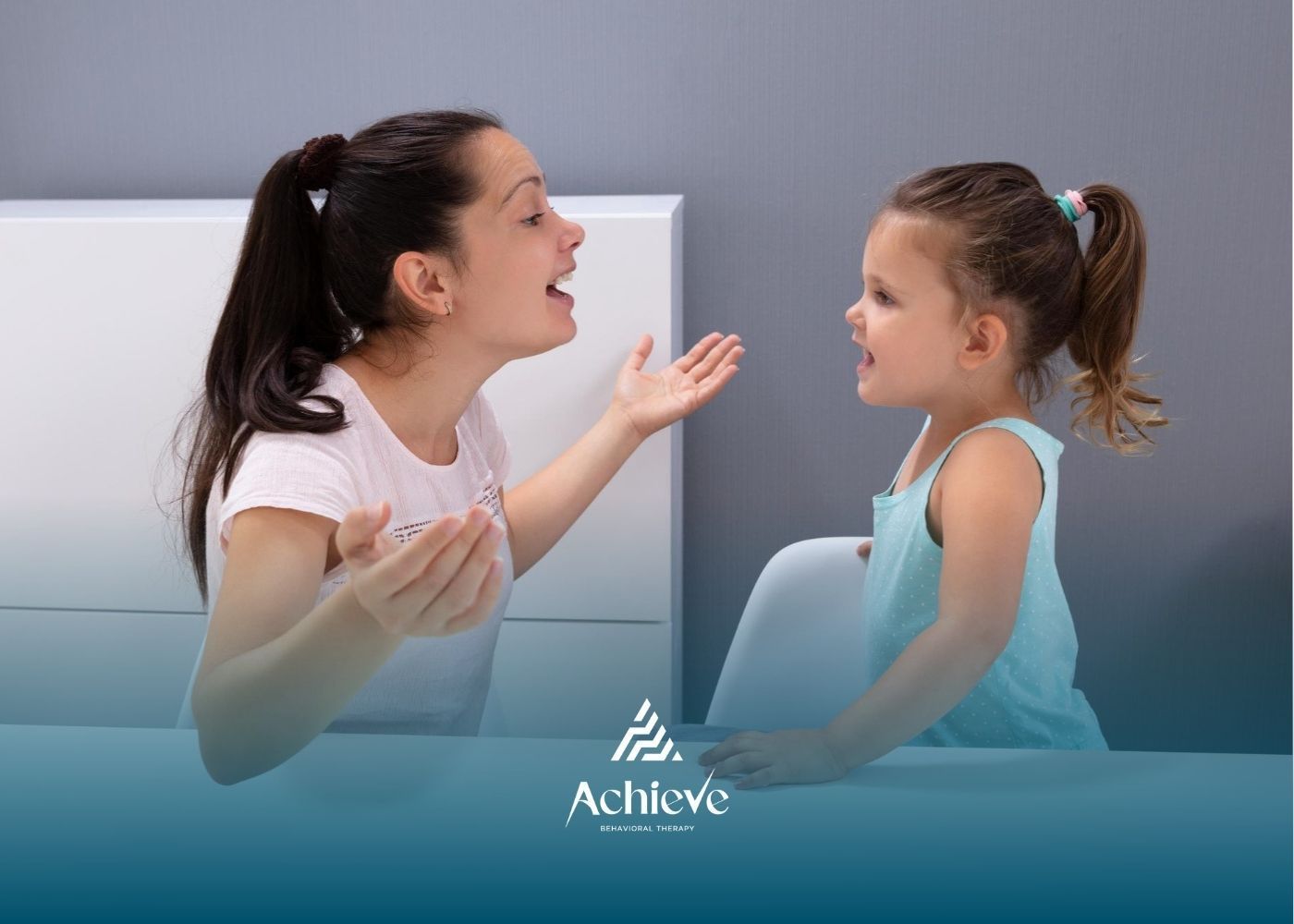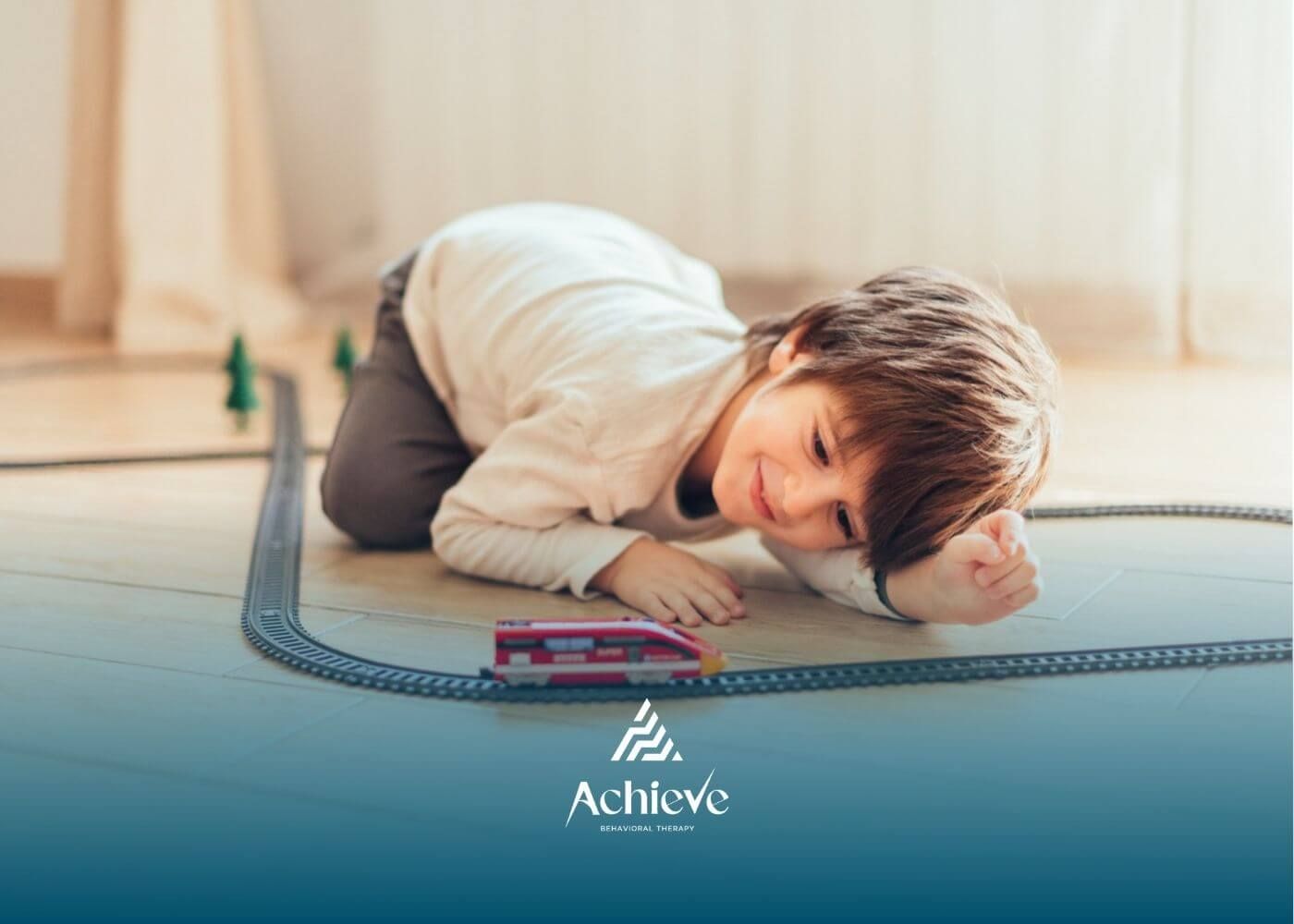Why ABA Therapy Uses Repetition — And Why That’s a Good Thing

If you’ve ever watched an ABA therapy session, you might notice that some activities look repetitive — and that’s totally intentional. Repetition is one of the reasons ABA therapy is so effective.
But “repetitive” doesn’t mean boring or robotic. In fact, the best ABA programs are creative, flexible, and personalized to each child’s interests and goals.
Why Repetition Matters in ABA
Repetition in ABA helps children learn new skills, build confidence, and strengthen memory. Just like learning to ride a bike or play an instrument, practicing the same skill multiple times helps it “stick.”
ABA therapists use structured repetition to:
- Reinforce positive behaviors
- Build communication and social skills
- Teach daily routines or self-help tasks
- Increase independence and consistency
However, good ABA therapy goes far beyond simple drills. Every repetition is intentional — designed to help your child learn in a meaningful way.
It’s Not About Doing the Same Thing Over and Over
While ABA may look repetitive at first glance, it’s actually highly adaptive. Therapists adjust each session based on your child’s responses. When something works, they build on it. When it doesn’t, they switch gears.
For example:
- A toddler learning to say “juice” might practice through play, snack time, and story time.
- A teen working on social skills might practice greetings with peers, teachers, and family.
The skill is the same — but the context and motivation keep it fresh and engaging.
How ABA Stays Fun and Engaging
Great ABA therapists know how to make learning feel natural and enjoyable. Sessions often include:
- Games, songs, and movement-based activities
- Favorite toys or characters as rewards
- Choices that let kids feel in control
- Real-life scenarios to apply new skills
In short, ABA therapy uses repetition without monotony — keeping progress steady while maintaining joy and motivation.
The Role of Family in Keeping ABA Positive
Parents and caregivers play a big part in how ABA feels for the child. By practicing strategies at home and celebrating small wins, families can make therapy feel encouraging and supportive.
If therapy ever feels “too repetitive,” it’s important to talk with your BCBA (Board Certified Behavior Analyst). A strong ABA provider welcomes feedback and will adjust the approach to keep your child engaged and progressing.
At Achieve ABA, therapy is never one-size-fits-all. Our expert team creates customized plans that make learning fun, meaningful, and age-appropriate. Services include:
- In-home ABA therapy for familiar, comfortable learning
- School-based ABA therapy to support success in the classroom
- Telehealth ABA therapy for convenient, flexible sessions
Achieve ABA proudly serves families in New Jersey and North Carolina.
Ready to experience ABA that’s personalized, engaging, and effective? Contact Achieve ABA today to start your child’s positive therapy journey.
FAQs
Why does ABA use repetition?
Repetition helps children practice and master new skills until they become natural. It builds confidence and independence through consistent learning.
Is ABA therapy boring for kids?
Not at all! Effective ABA therapy uses play, movement, and personalized rewards to make sessions fun and engaging while still reinforcing learning.
Can ABA therapy be adjusted if it feels too repetitive?
Yes — absolutely. Every program should be flexible. If your child loses interest, your ABA team can adapt the activities, pacing, or goals to keep things motivating.
Sources:
- https://pmc.ncbi.nlm.nih.gov/articles/PMC3709868/
- https://pmc.ncbi.nlm.nih.gov/articles/PMC8280472/
- https://www.cmu.edu/news/stories/archives/2015/october/repetition-and-autism.html
- https://www.frontiersin.org/journals/neuroscience/articles/10.3389/fnins.2022.780407/full
- https://www.autismparentingmagazine.com/aba-principles/
Need Support?
We're Here to Help!
Our experienced team is ready to assist you. Reach out today to discuss how we can support your child's development and well-being.
Get started with expert ABA therapy today.













